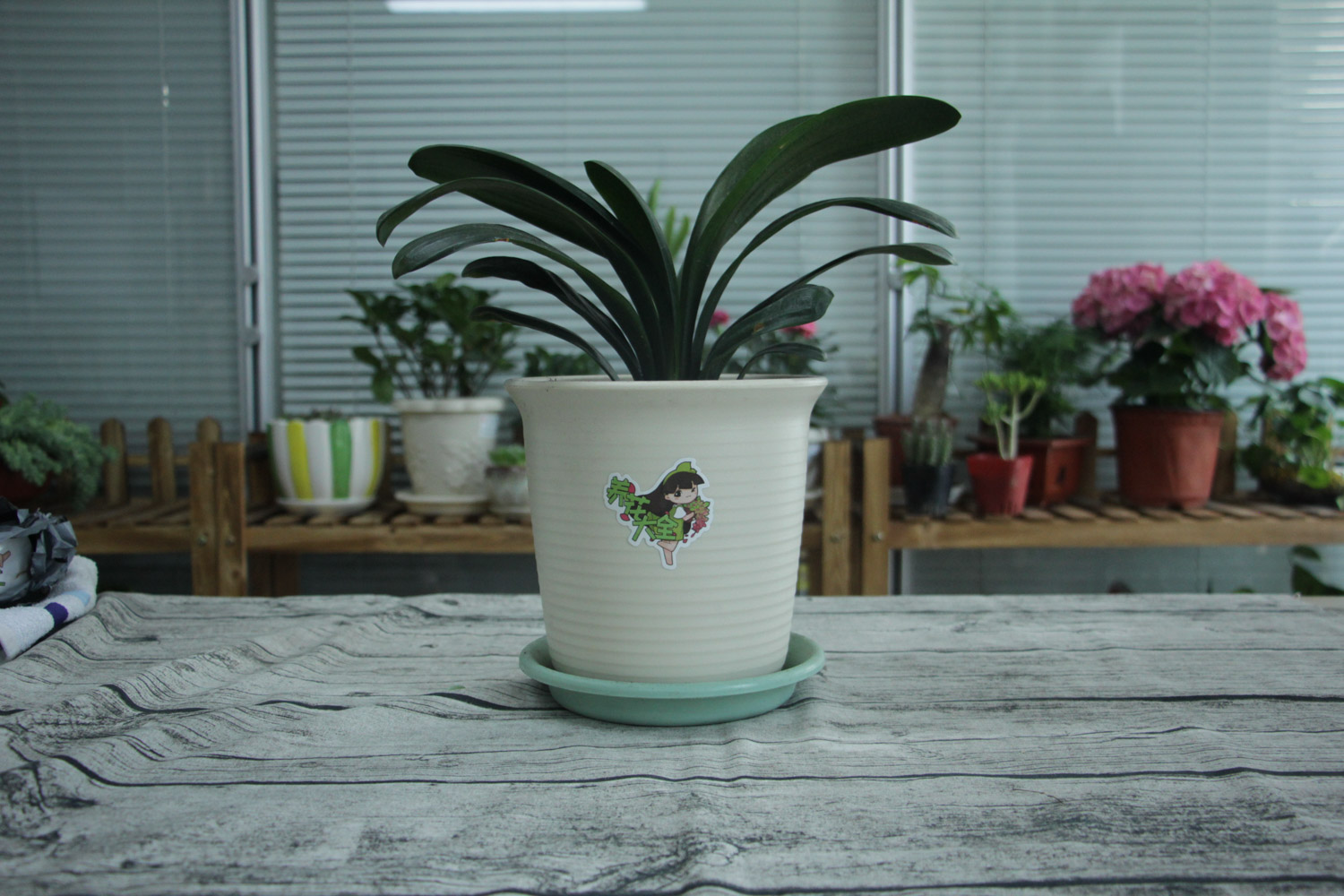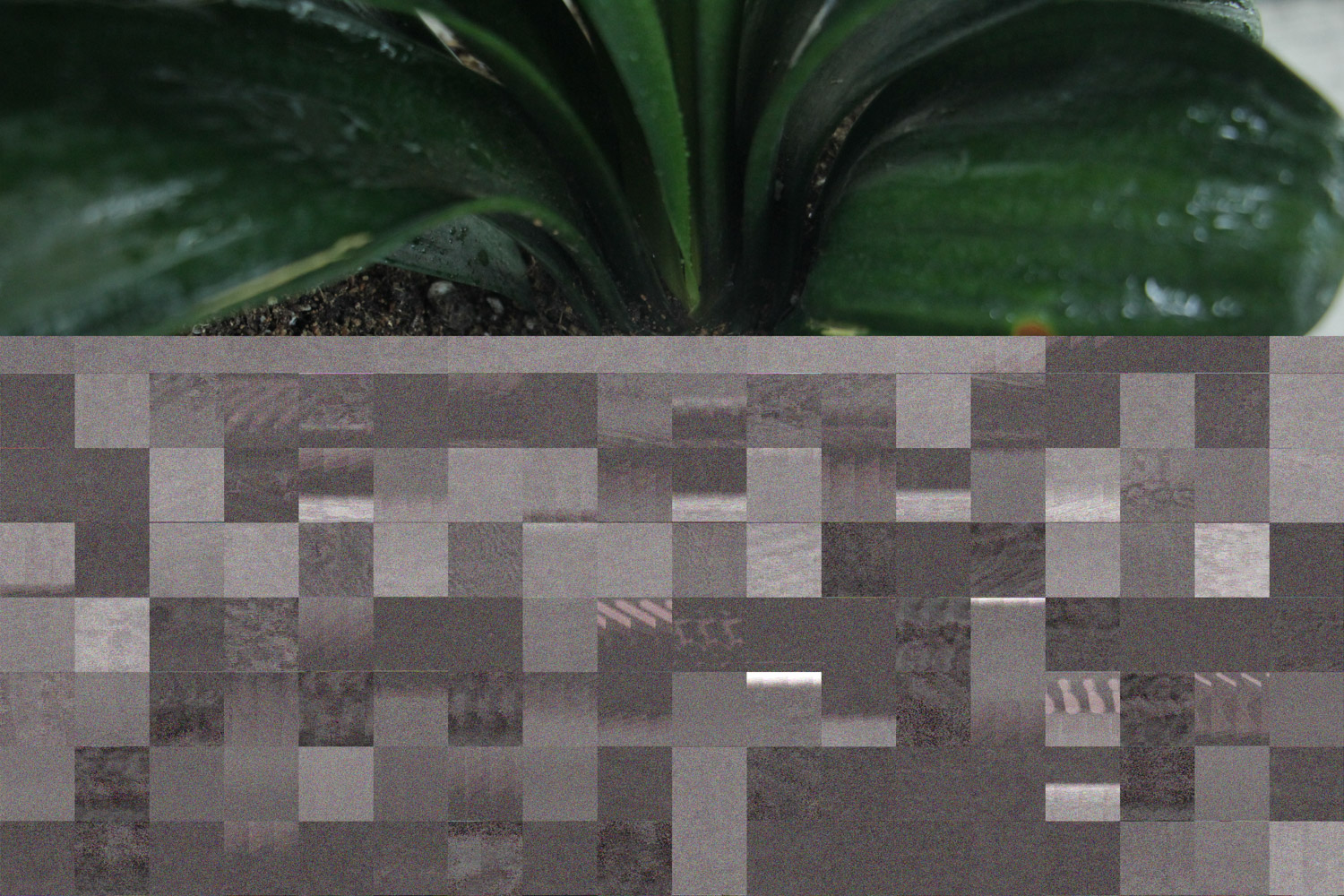1、 Growth and maturity
Clivia must grow big enough. One kind of plant is called vegetative growth, and the other is called reproductive growth. Long leaves and long plants belong to vegetative growth, and flowering and fruiting belong to reproductive growth. The two complement each other. When a plant grows to a large enough individual, it can transfer from vegetative growth to reproductive growth, that is, it can bloom only after 20 to 25 leaves. If it is sown, it takes three to four years for a Clivia to bloom

2、 Nutritional balance
If Clivia has grown large enough, it also needs sufficient and balanced nutrients to blossom. We often use fertilizers, such as the most direct three kinds of nitrogen, phosphorus and potassium, as well as some trace elements, but nitrogen, phosphorus and potassium are the most common available fertilizers. If too much nitrogen fertilizer is used, it will cause excessive plant growth and inhibit its growth. The leaves may be very thick and black, but it is not easy to blossom. This may be due to the imbalance of fertilizer. It can be applied with some phosphorus and potassium fertilizer to promote its flowering

3、 Suitable environment
Summer dormancy is not easy to blossom, but if the breeding environment is cool and ventilated and the temperature is relatively low, it can also blossom. So if you want to make it bloom


 how many times do yo...
how many times do yo... how many planted tre...
how many planted tre... how many pine trees ...
how many pine trees ... how many pecan trees...
how many pecan trees... how many plants comp...
how many plants comp... how many plants can ...
how many plants can ... how many plants and ...
how many plants and ... how many pepper plan...
how many pepper plan...






























